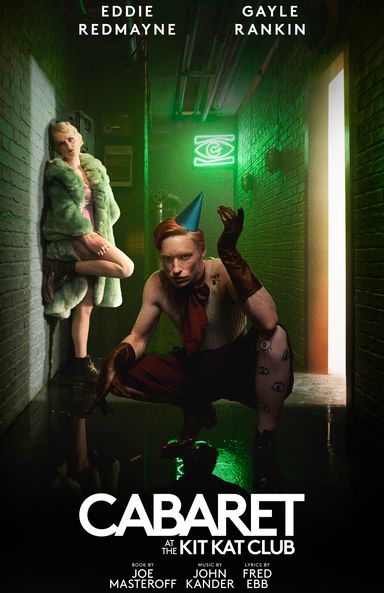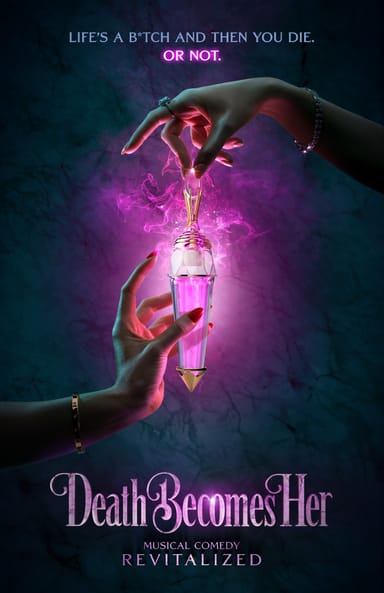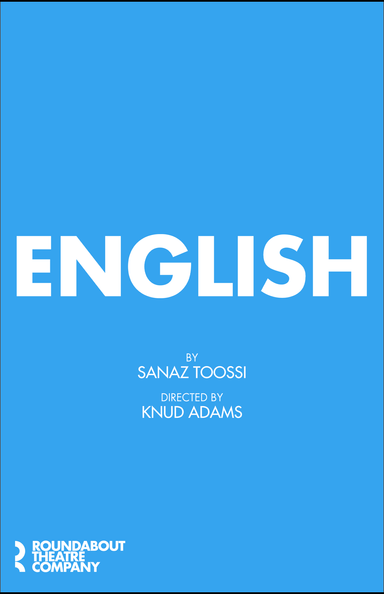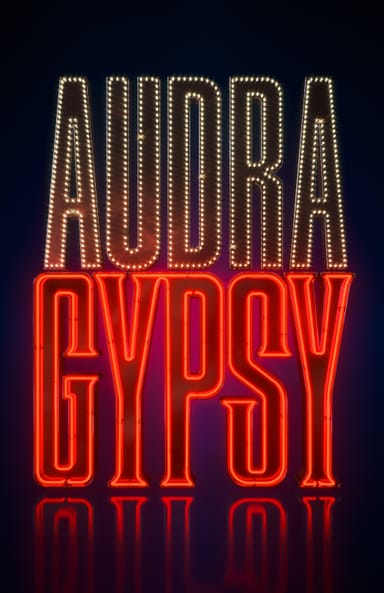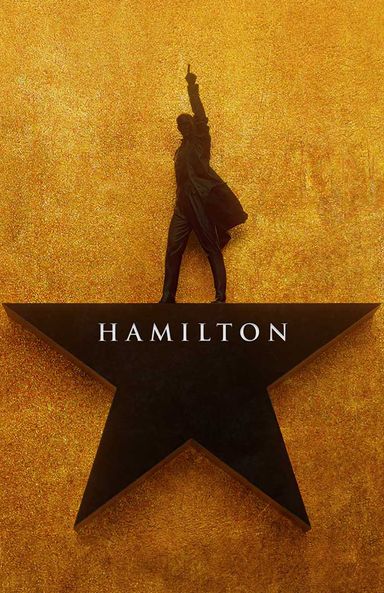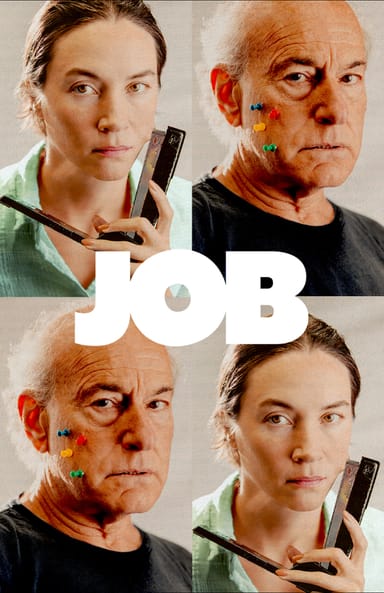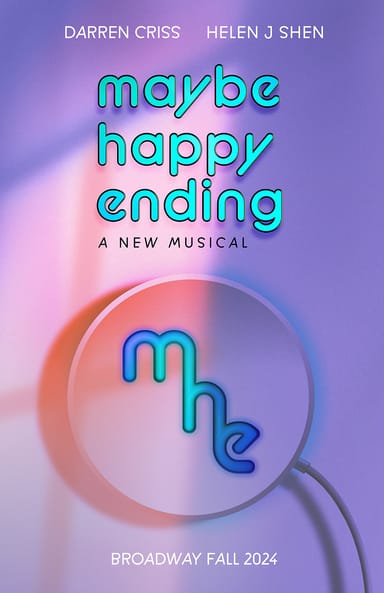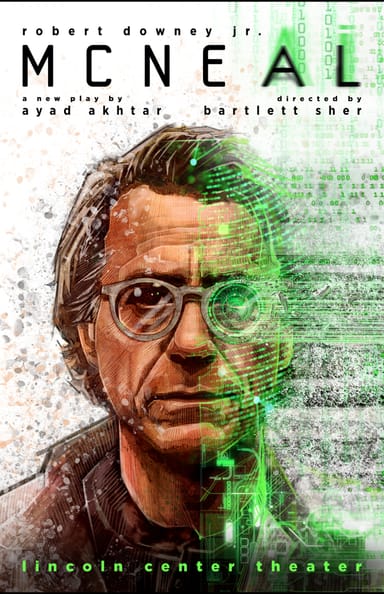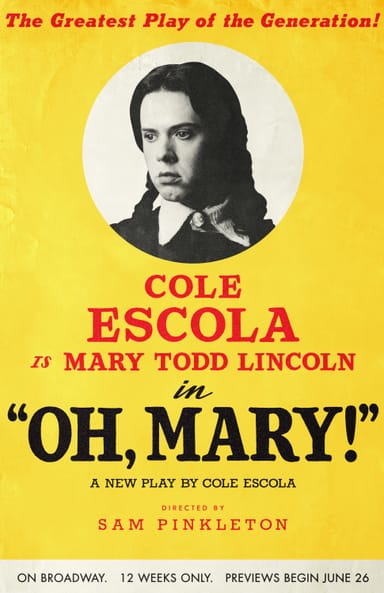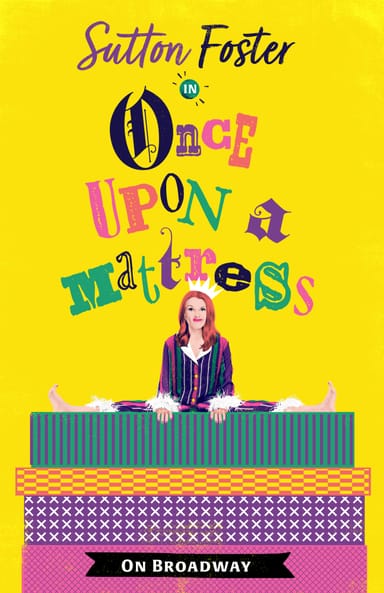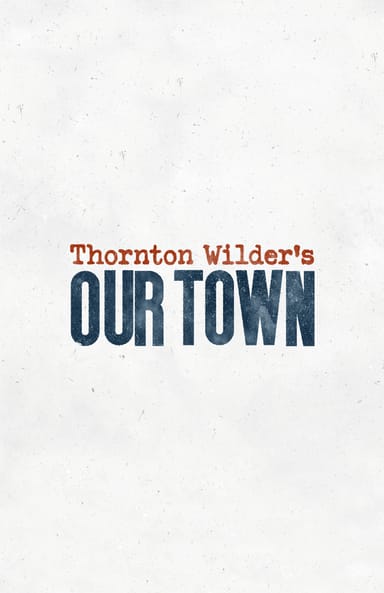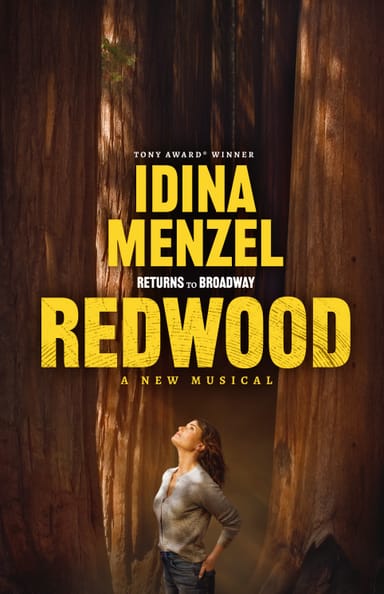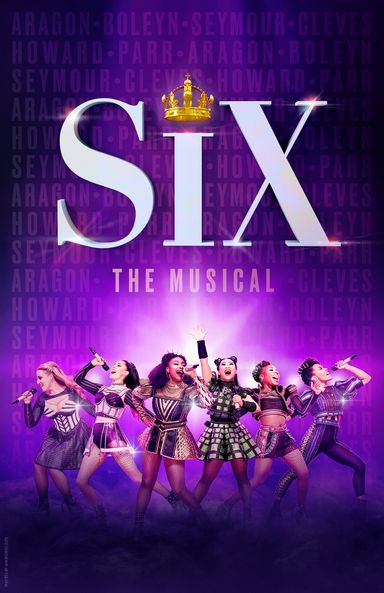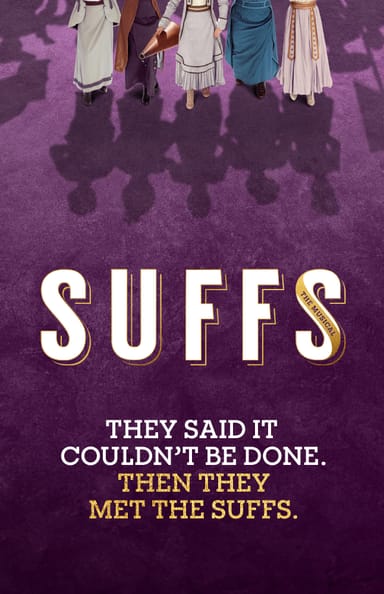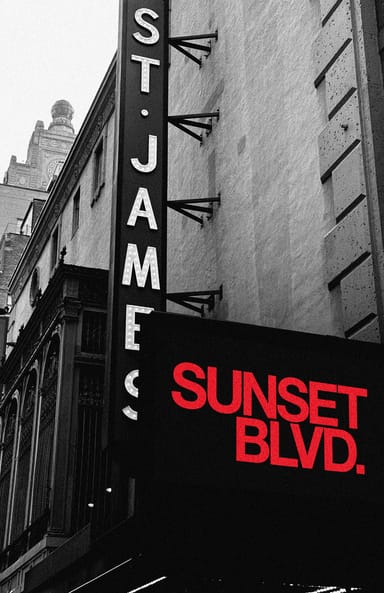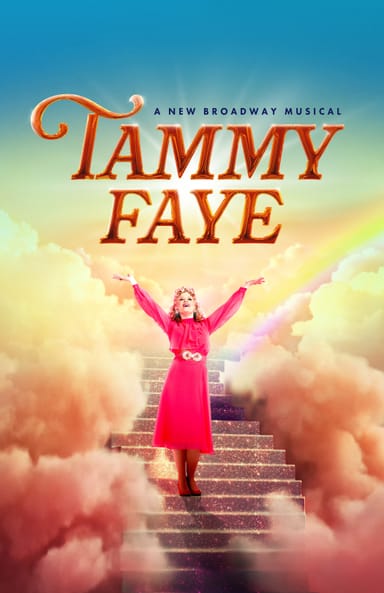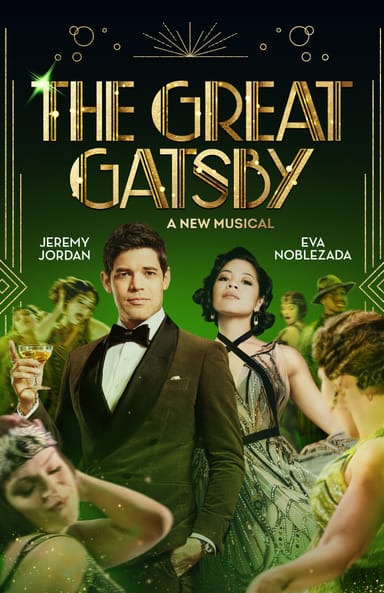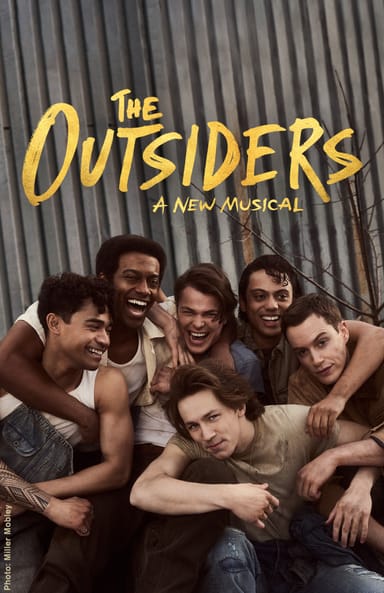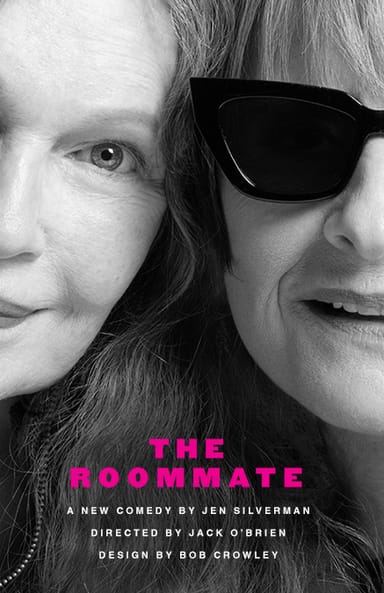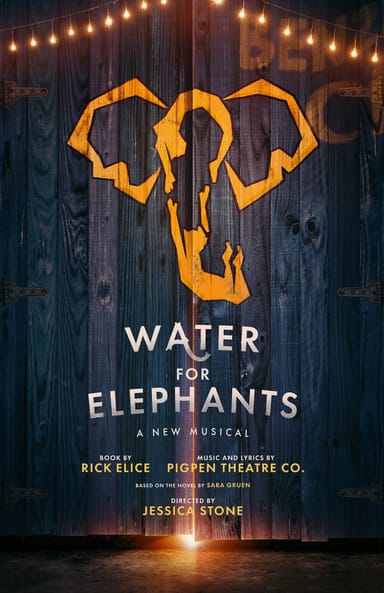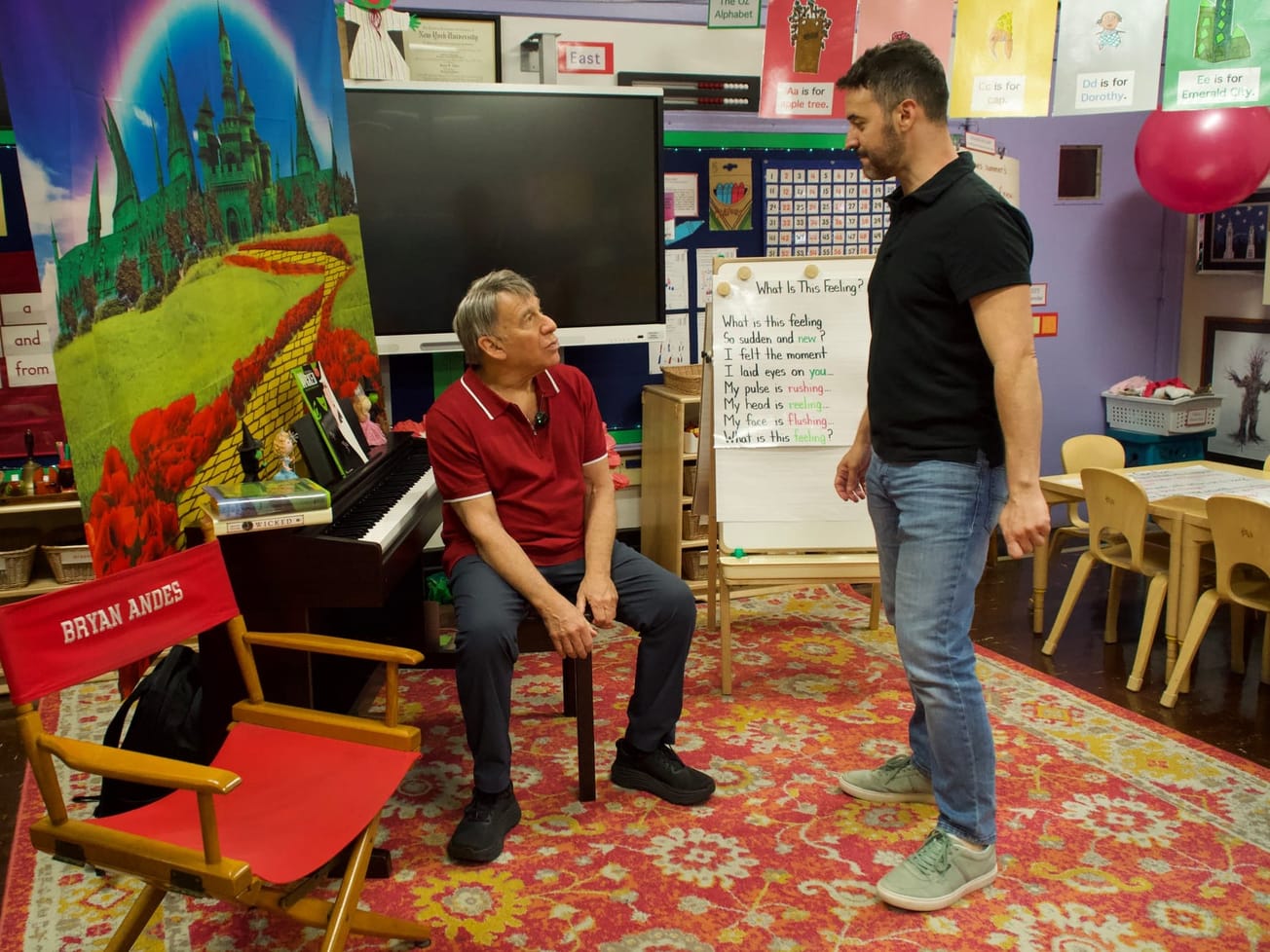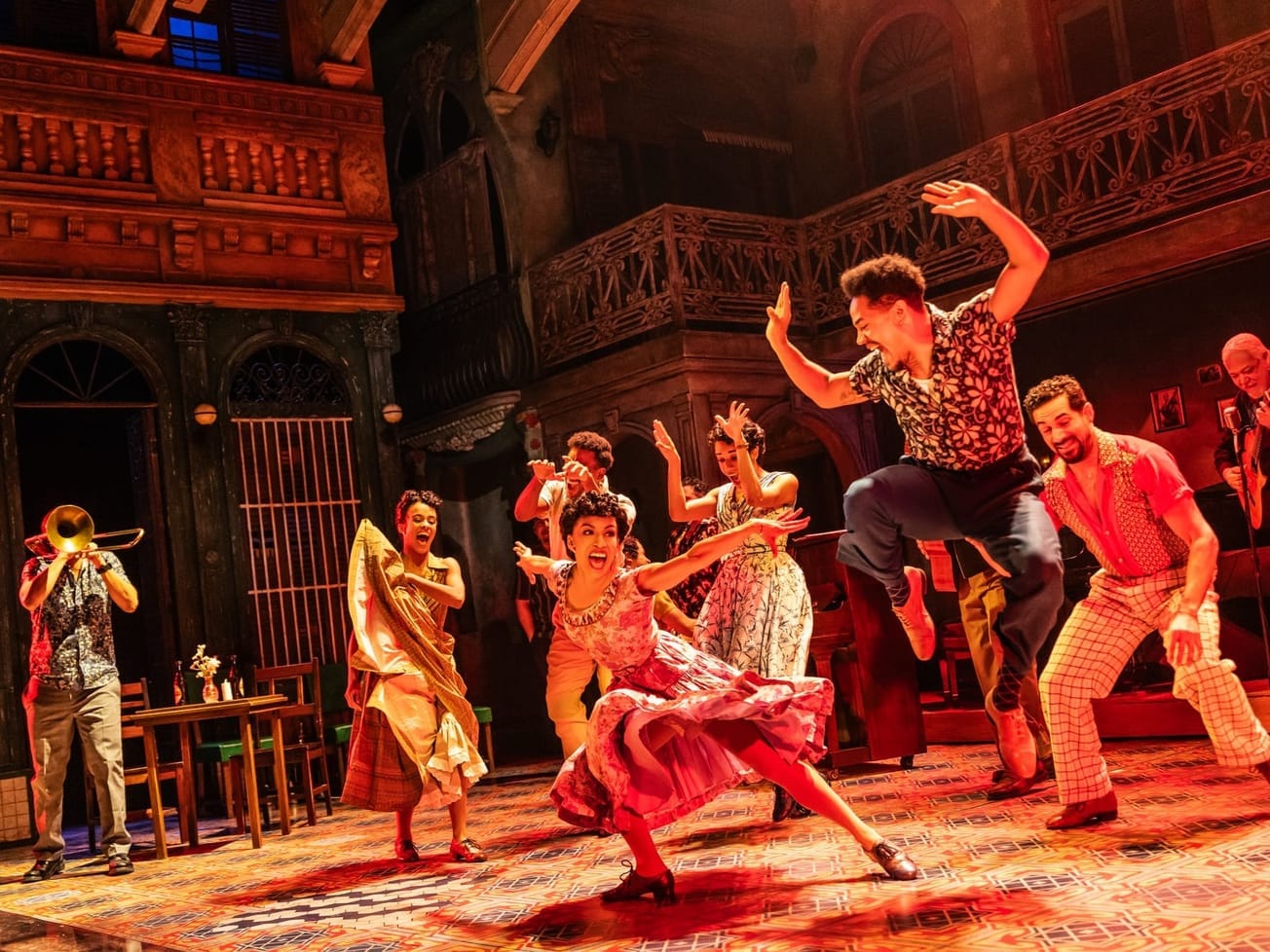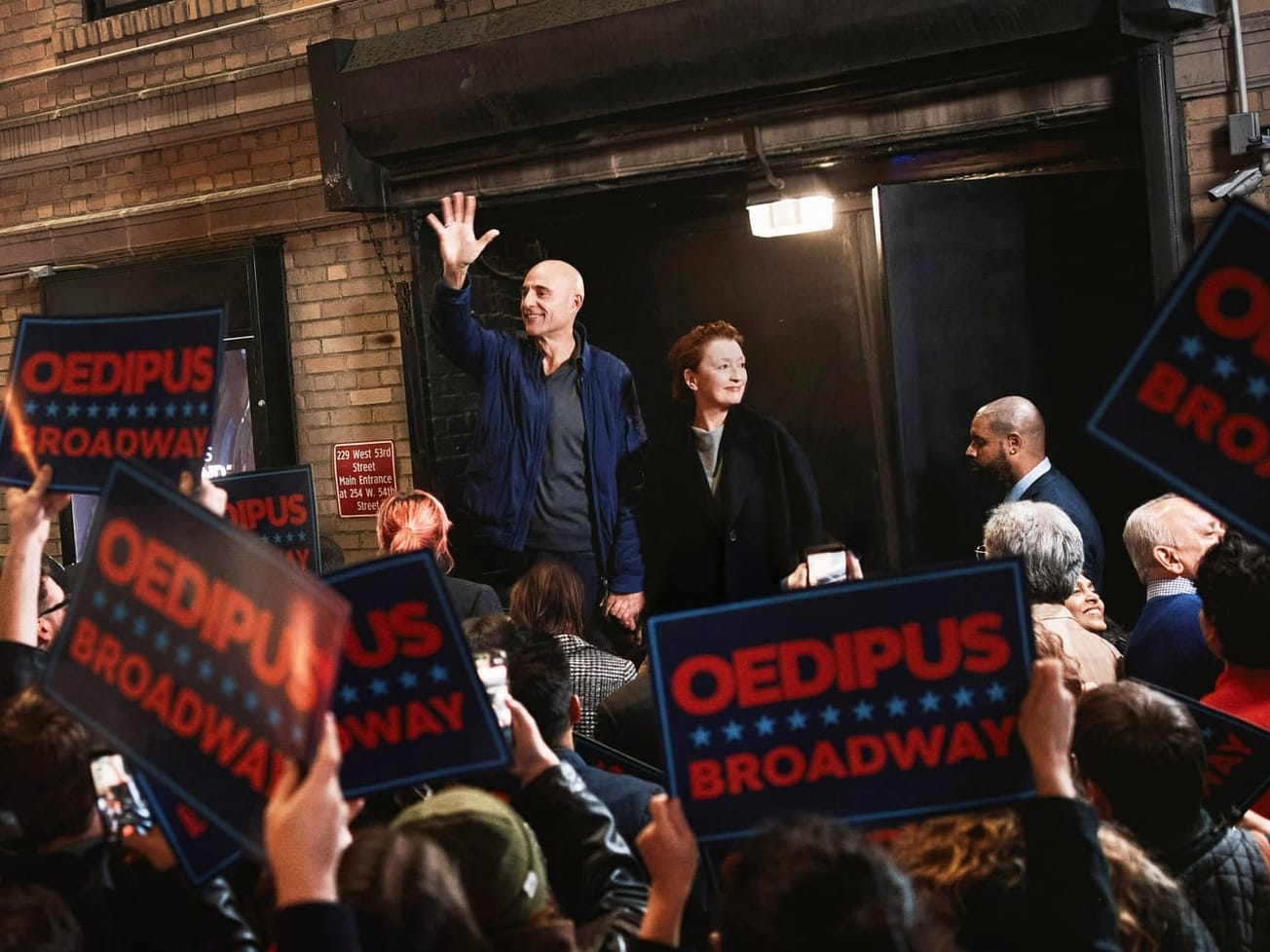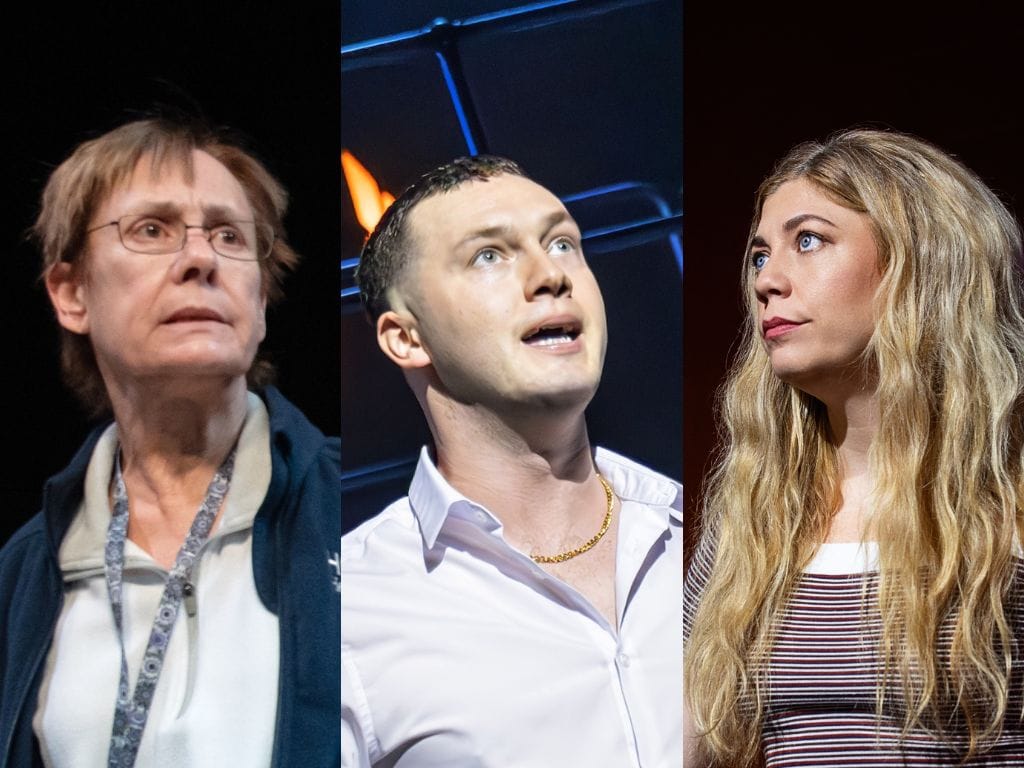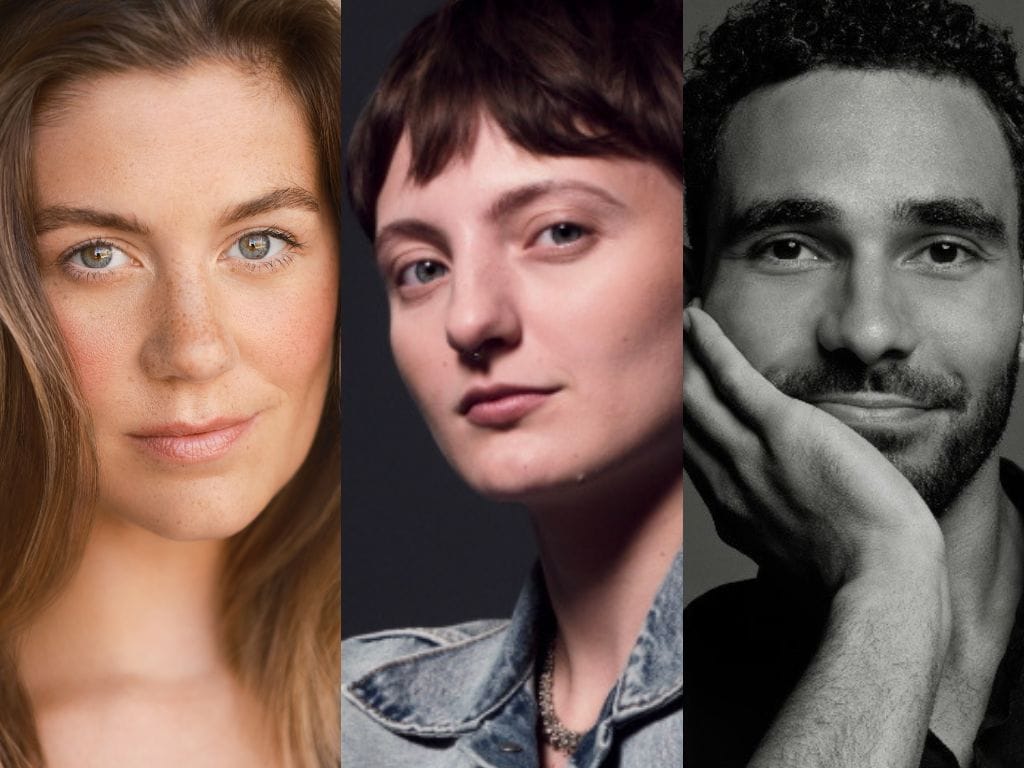When first-grade teacher Bryan Andes was in middle school, his school choir took a trip to New York City to see “The Phantom of the Opera” on Broadway. “It changed my life,” Andes told Broadway News.
That same year, the live capture of the Broadway production of James Lapine and Stephen Sondheim’s fairy tale-inspired “Into the Woods” aired on PBS’ American Playhouse series. It was another defining moment for Andes, who had already fostered a love of fairy tales from watching Shelley Duvall’s “Faerie Tale Theater” series on Showtime.
“My worlds were coming together — musical theater and fairy tales,” explained Andes. “That same year, I watched my first Tony Awards and loved it. So now I knew that theater and putting on a show was something that I loved.”
Fast forward a few decades, and Andes, who always wanted to teach, is celebrating the 20th anniversary of the synthesis of these passions: the First Grade Theatre Study at P.S. 212 Midtown West School.

A singular study
The First Grade Theatre Study is a social studies-based curriculum which aims to expose students to every aspect of mounting a theatrical production. Through in-class and in-theater visits with industry professionals, students write, cast, direct, design and mount an original, year-end musical — adapting a fairy tale for the script and using the music catalog of one songwriter or songwriting team as the score. The culminating production also serves as an annual fundraiser for different charities.
“The Study uses social studies to illustrate how people work together to create a show, to create live theater,” Andes explained. “It's all about how people work together, have a job, have responsibilities related to that job and work on those things as their piece of a greater whole.”
The study falls under the umbrella of social studies due to the nature of P.S. 212, which is a collaboration with the Bank Street College of Education. The Bank Street model uses social studies as its core foundation, fostering curriculum based in hands-on activities that engage with a school’s greater community.
Students at P.S. 212 stay with the same class of peers for two years at a time. In this loop system, an incoming group of kindergarteners are split between Andes and fellow educator Rowena Hurst (approximately 25 students each), who continue on through first grade together. Thus, the Study comprises two full years of curriculum and programming under the leadership of Andes and Hurst. (Andes is swift to emphasize the team effort behind the program’s daily execution.) In kindergarten, the students focus on fairy tales, mostly the works of the Brothers Grimm, Hans Christian Andersen and Charles Perrault. The fall half of first grade features the bulk of research, in-classroom visits and in-theater visits students need to prepare for their end-of-year production.
For the past 20 years, Andes’ class has hosted an impressive pedigree of representatives from every corner of the theater ecosystem.
Students have welcomed: composers Marc Shaiman and Scott Wittman (who sang songs from “Mary Poppins Returns” with the students), playwright David Henry Hwang (who explained the basics of scriptwriting), director-producer Harold Prince (who directed the students in scenes from “Sweeney Todd”), scenic designer Stanley Meyer (who shared his set model designs for “Beauty and the Beast”), lighting designer Donald Holder (who arrived with his “Lion King” lighting equipment in tow, and mixed gels and colors with the students), choreographers Christopher Gattelli and Lou Castro (who taught the students the newspaper choreography from “Newsies” act-one finale “Seize the Day”), fight directors Thomas Schall and Carmen Lacivita (who led the students in a stage combat swordfight), makeup supervisor Thelma Pollard (who demonstrated the title character’s makeup from “The Phantom of the Opera”), orchestrator Larry Hochman (who explained his job using “Hello, Dolly!”’s “Put on Your Sunday Clothes”), illustrator Hilary Knight (who checked both fairy tale and theater boxes by sharing his picture book adaptation of “Cinderella” and his poster design for the 1974 Angela Lansbury-led revival of “Gypsy”) and producer and former president of Disney Theatrical Group Thomas Schumacher (who explained the work of a producer).
And that’s a fraction of the full list.
Beyond these creatives, Andes has shepherded a litany of performers into the classroom, including Christine Andreas, Julie Andrews, Laura Benanti, Tituss Burgess, Carol Burnett, Ariana DeBose, Melissa Errico, Joel Grey, Jonathan Groff, Nikki M. James, Judy Kuhn, Jose Llana, Leslie Odom Jr., Bernadette Peters, Lea Salonga, Leslie Uggams and Vanessa Williams, as well as the late Jan Maxwell, Rebecca Luker, Marni Nixon and Elaine Stritch — all of whom either performed for the students, read to them or performed the students’ own work.
Skills learned and knowledge absorbed
Students typically range from four or five years old when they start kindergarten to six or seven when they finish the program. It may seem shocking that students that young can fully absorb the teachings of someone like the aforementioned Hwang — a Tony-winning playwright and three-time Pulitzer Prize finalist who teaches graduate students at Columbia University. But the students of P.S. 212 truly learn storytelling, scriptwriting and character development. Some of the compositions developed during free-writing sessions following Hwang’s visit became material for the end-of-year production.






